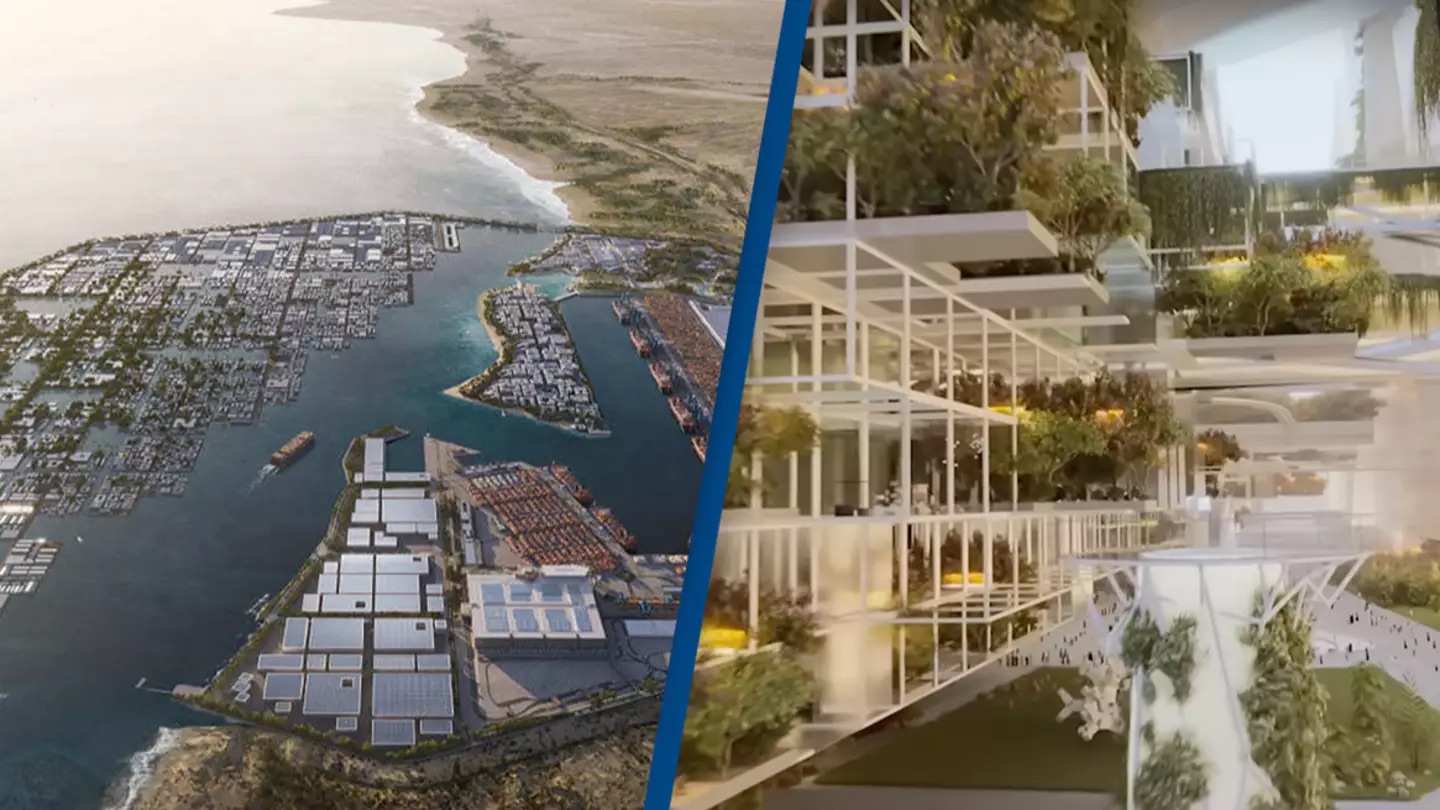Saudi Arabia’s ambitious Neom megacity project is expected to use 20% of the global steel supply, according to industry leaders. Launched in 2017, this $1 trillion development is situated in the Tabuk Province along the northern Red Sea and features cutting-edge designs.
One of its key elements is The Line, a 170 km long, 200-meter-wide coastal city designed without cars or streets, relying on a central train for transportation. According to Neom’s website, The Line will have “no roads, cars, or emissions” and run on 100% renewable energy, conserving 95% of the surrounding land for nature. While the full project is slated for completion by 2045, a 5 km section is expected to be functional by 2030, as reported by Arabian Gulf Business Insight.
Neom will also feature tourist attractions such as the Trojena mountain resorts and the island destination of Sindalah, as well as a floating industrial hub called Oxagon, which will focus on oceanographic research. At the Global Logistics Forum, Neom’s chief investment officer, Manar Al Moneef, said the project would become the largest consumer of construction materials over the next decade, noting that its steel demand alone would account for 20% of the global market. Neom will also lead in purchasing elevators, cement, and other materials.
In 2022, major iron and steel importers included the U.S. ($43.2b), China ($41.4b), and Germany ($36b), while Saudi Arabia imported $5.53 billion worth, just 0.98% of the global total.
Neom is a key part of Crown Prince Mohammed bin Salman’s Vision 2030 initiative to diversify Saudi Arabia’s economy away from oil. The megacity will span 26,500 km² (10,200 sq mi), and it has already secured $28.7 billion in funding, mostly for The Line. In 2022, the Crown Prince emphasized the need for new solutions to address global environmental and livability challenges, with Neom positioned to lead these efforts.
Initial plans projected a population of nine million by 2030, though Bloomberg later reported that this estimate has been revised to around 300,000 residents by that time.
